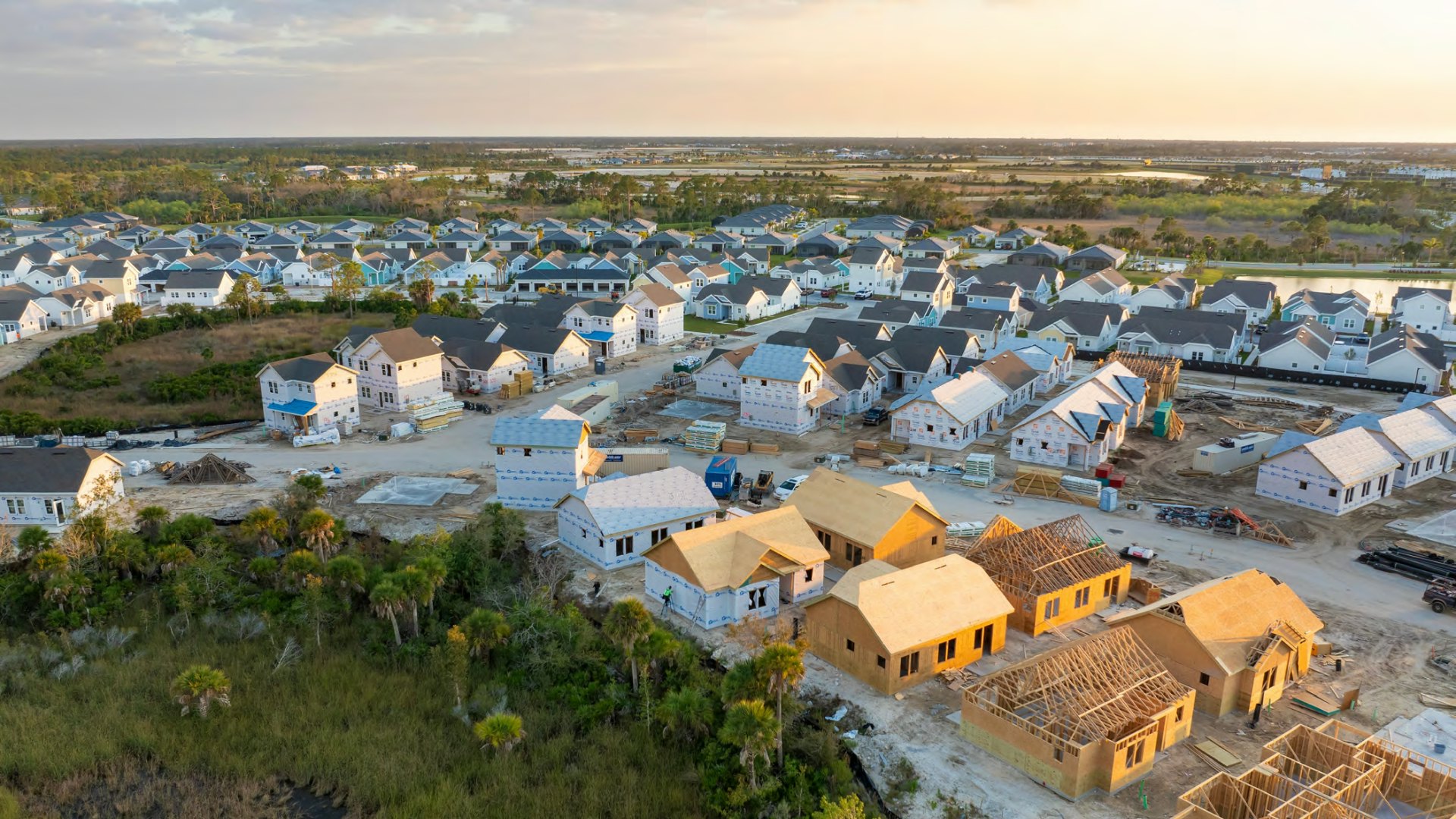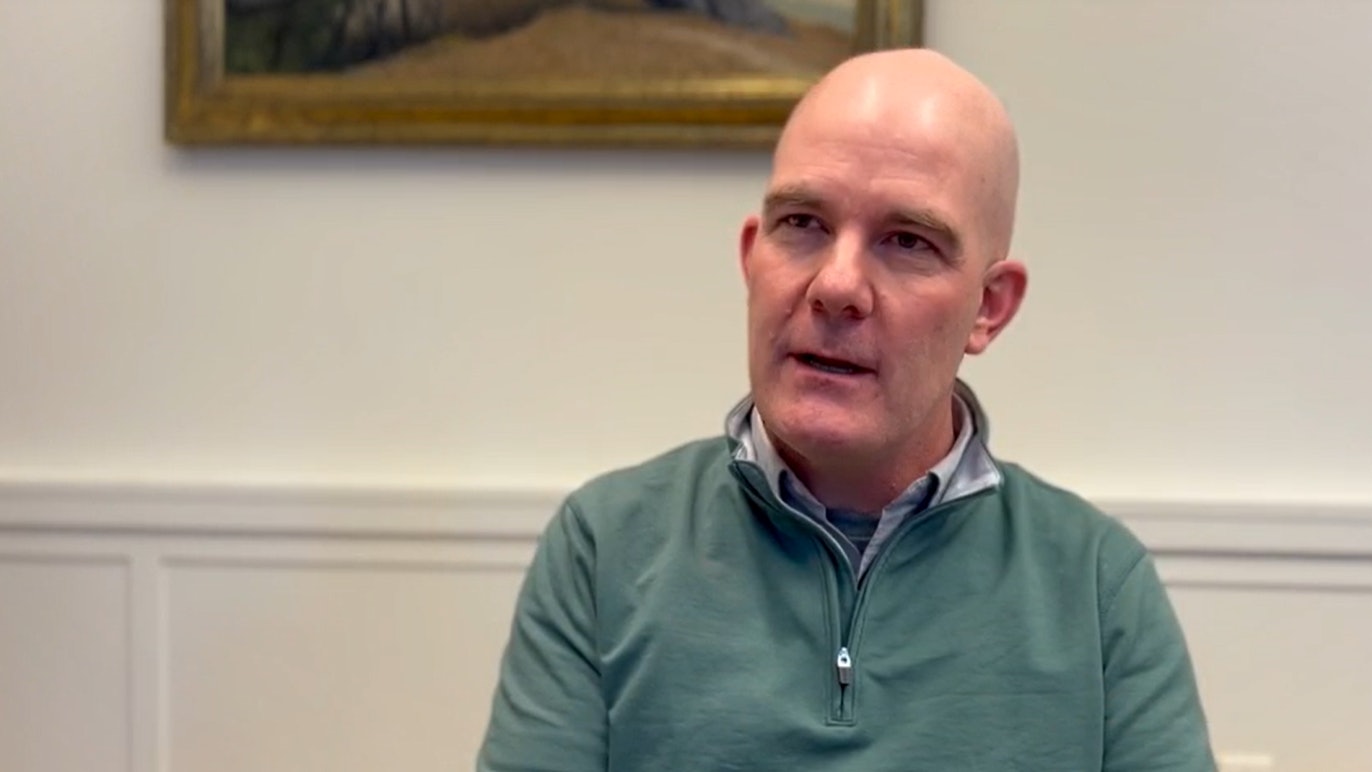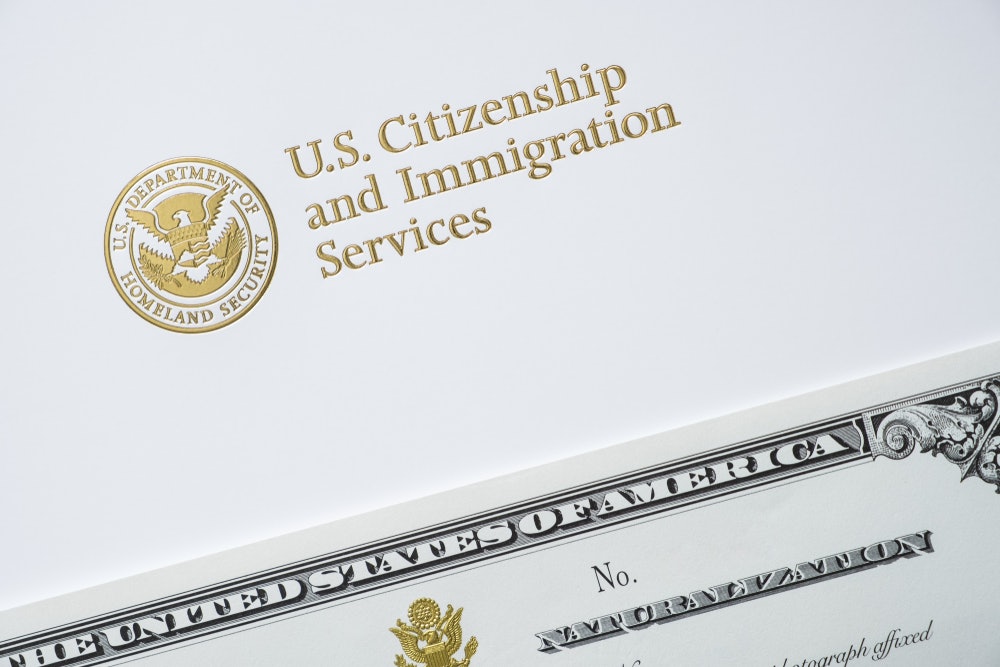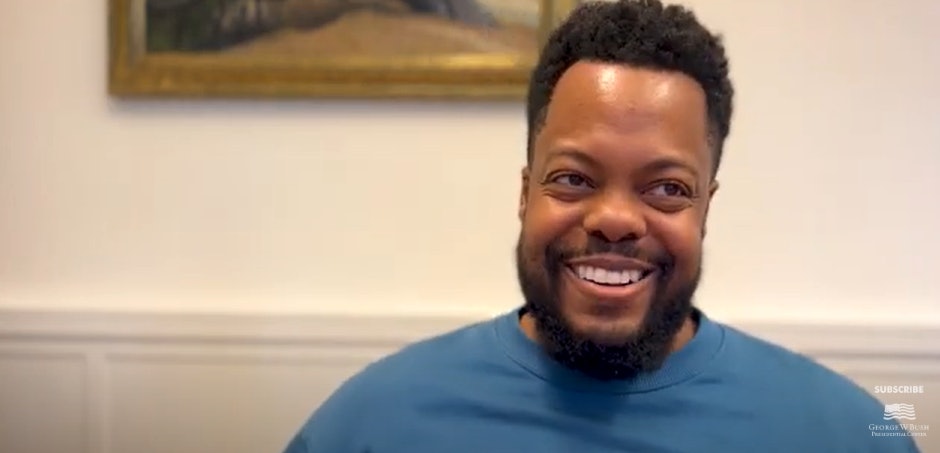Ross Dickman, 2021 Stand-To Veteran Leadership Program Scholar and CEO of Hire Heroes USA, discusses his work to create better employment outcomes for veterans and military spouses and how the Veteran Leadership Program taught him key lessons in decision-making and collaboration.
Please tell us a little bit about yourself and your personal leadership project.
I grew up in an Army family. My father, grandfather, uncles all served, as did my siblings, so the call to serve in the military was very organic. I knew from a young age that I wanted to serve in the Army, and I worked hard to get into West Point. I was fortunate to fly the Apache Longbow helicopter for about 12 years. Since leaving the Army, I’ve worked in philanthropy, focusing on economic opportunity for veterans and military spouses. I am a Stand-To Veteran Leadership Program Class of 2021 [alum], and my personal leadership project was focused on building connections and support systems for the disadvantaged and diverse members of the veteran audience.
Please give us an update on what you have been working on since completing the Stand-To Veteran Leadership Program.
I am still at Hire Heroes USA, and, after serving as the COO for the last four years, I recently became the CEO. The primary items I’ve been working on at Hire Heroes have been modernizing our skills-based connection ecosystem to create better employment outcomes for the veterans and military spouses who struggle to connect their military skills to the needs of the market. I’ve also been focused on ensuring that underserved groups in the veteran community get the right care for their unique needs. When I attended VLP, we had just launched our Junior Enlisted Program to address barriers faced by those veterans. Since then, we have created new programming for spouses, launched a women veterans program, created a homeless veterans program in Colorado Springs, and have some other exciting projects in the pipeline. In my personal time, I’ve been focused on being active in my community with my daughter’s Girl Scout troop as the treasurer, and I served on the board for a charity that supports the family members of our fallen classmates from West Point’s Class of 2004 (The Strong Gray Line) for a few years.
Which lessons learned during the Veteran Leadership Program have stayed with you the most, and how have you put those lessons into action?
There are two primary lessons that I keep close at hand to this day. First was the focus on decision-making and how to frame, analyze, and communicate decisions to align and include the team, especially in times of high intensity or critical changes. Over the last few years since VLP, we have gone through growth, restructuring, launched new programs, and had to make decisions on strategic plans and execution of core objectives. The VLP coursework really gave me a great framework for navigating each of those areas and continuing to build rapport.
Another aspect of VLP that has been extremely valuable came from the partnerships and collaborations with the other Scholars in the programs. The veteran-serving landscape is constantly evolving, changing, and growing, with new insights. It feels like nearly every day there is new data emerging, or new gaps in data being identified. New organizations or programs are starting, and the only way to build the infrastructure and intersections necessary to create meaningful and long-lasting change comes from fostering collaboration across service areas. VLP brought together an excellent group of a variety of organizations – a “team of teams” approach to addressing the integrated problems around military family transition. The partnerships and friendships that came from VLP not only changed my personal approach to collaboration, but also informed how we go about community-level partnerships as an organization.
You recently stepped in to lead Hire Heroes USA. What is your vision for the organization and what are you hoping to accomplish as CEO?
Our vision is to transform the lives of service members, veterans, and military spouses by propelling them beyond their career aspirations through unwavering one-on-one, personalized support and creating an ecosystem for enduring impact. We will do this by leveraging groundbreaking technology and strategic partnerships and by building and fostering a robust team. We plan on meeting the changing environment for veteran and military spouse employment through expanding our capacity as a full life cycle career support service. I believe that our organization has the capability to meet the needs of veterans at every point where they are considering what is next for their career and plays a critical role in responding to and creating solutions that address the deficiencies and challenges that veterans and military spouses encounter when finding meaningful employment. For our team, it’s about empowering purpose after service. As CEO, I’m hoping to expand our programming accessibility and reach to address that gap, respond to the demand signals and need statements that our clients communicate with us, and drive sound, effective, and meaningful policy adjustments for how transition support is delivered to prioritize high-quality outcomes instead of just service outputs.
You have a major milestone coming up of reaching 100,000 veterans and military spouses employed through the services of Hire Heroes. Can you discuss the unique challenges veterans and military spouses face when searching for employment?
Yes, our team is about to achieve a major milestone of 100,000 confirmed hires of veterans and military spouses from our programs. We are of course thrilled and honored to be achieving such a monumental impact, and when I think about what that employment has meant for each person we have helped, their families, their communities, and the country, it inspires me to keep us building toward that next 100,000. Employment assistance is still the No. 1 requested resource from transitioning service members, and a lot of that comes due to the challenges of navigating a career change, learning new workplace culture, and understanding how the unique specification of roles and responsibilities in the military align with the expectations and needs in the civilian labor market. These kinds of broad career transition challenges get exacerbated from misaligned roles or a misunderstanding of skills translation, which means that competencies and abilities that a military member has shown in the military service might be missing in the roles they are targeting as a civilian, or not understood in their day-to-day responsibilities. That’s part of why we see such a prevalence of underemployment in the veteran community. Military spouses face tremendous barriers in access, exportability, and mobility of roles, as well as appropriate recognition of skills and experience. That’s part of what contributes to the high unemployment rate of around 22% that persists in the military spouse community. So while we are hitting a major impact measure this year, I see the need signal from the market telling us loud and clear that there is a lot more work yet to be done.






























